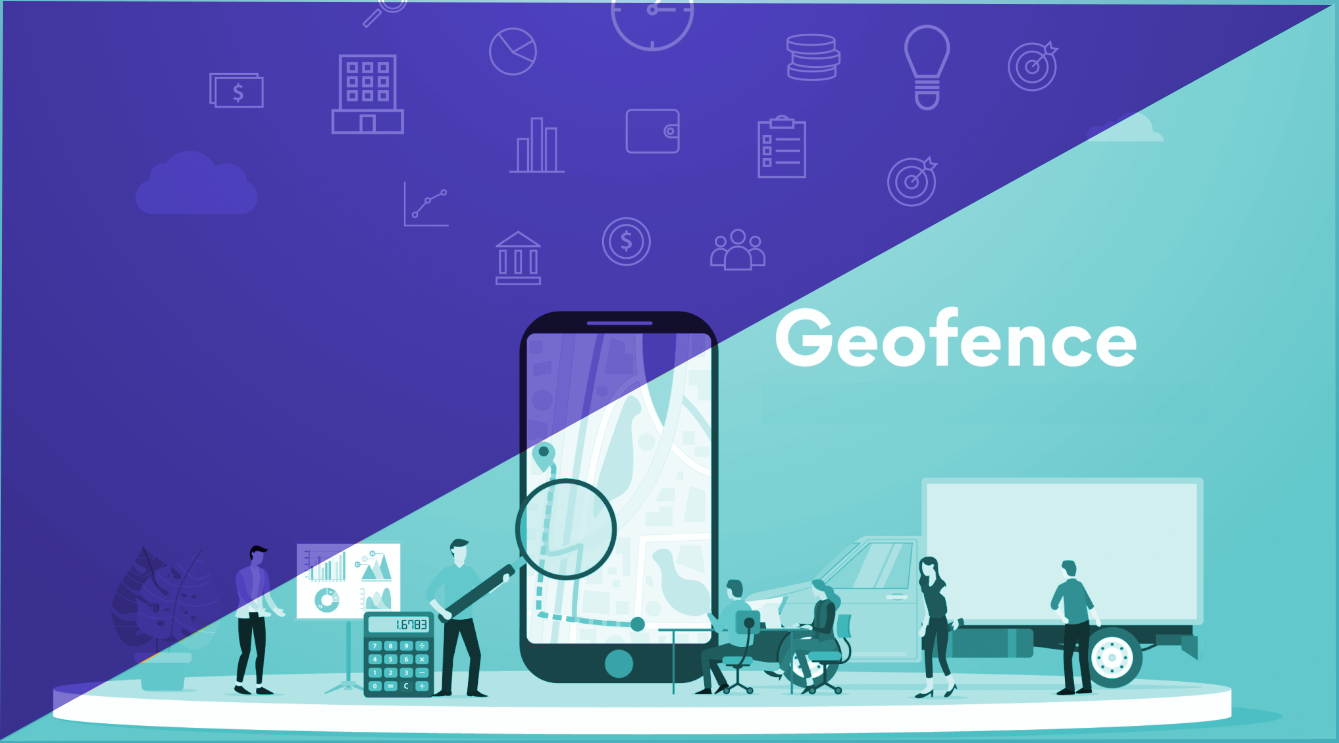The Power of Geo-Fencing Marketing
This article explores the impact of geo-fencing on the e-commerce industry, including how it works, its application in personalized advertising strategies, and its benefits for small businesses.
Overview of Geo-Fencing in E-commerce Industry
Geo-fencing technology, a location-based service, has brought a paradigm shift in the e-commerce industry. By creating virtual boundaries that trigger specific responses when a mobile device enters or exits a defined area, businesses can send personalized content and alerts to potential customers based on their location. This strategy allows for increased engagement and highly targeted marketing strategies, which are paramount in the fast-paced, competitive world of e-commerce. The rapid rise of geo-fencing technology in the e-commerce industry is not surprising, given its affordability and the wide array of benefits it offers to businesses, regardless of their size or the products they sell.
Moreover, geo-fencing technology has found its application in a vast array of industries, like event marketing, retail advertising, and automotive car dealership marketing. The extensive use of geo-fencing in these sectors proves its versatility and underscores its potential as an indispensable tool for businesses of all kinds. Regardless of the industry, geo-fencing can serve diverse needs and effectively reach specific audiences, making it a vital component of location-based marketing strategies.

Understanding Geo-Fencing Technology
Geo-fencing technology has forever transformed the e-commerce industry, enabling a new way of interacting and engaging with customers. It works by setting up virtual boundaries that can be customized to any specific geographic area defined by a business. Once these boundaries are crossed by a customer, a notification or alert is triggered, providing the business with an opportunity to engage with the customer. For example, a retail business can use geo-fencing to send notifications to nearby customers about ongoing promotions or discounts, thus driving foot traffic to the store and enhancing sales.
Geo-fencing technology is also a game-changer for small businesses in the e-commerce sector, providing them with the ability to compete with larger businesses by targeting potential customers in their vicinity. For instance, a local bakery can set up a geo-fence around its location and send notifications to potential customers about fresh bakes or special discounts. By focusing on local customers, small businesses can increase their sales and expand their customer base using highly targeted and cost-effective marketing strategies.
Furthermore, geo-fencing technology allows businesses to send personalized content and notifications to potential customers. This is done by leveraging the customer’s location data to deliver content that is highly relevant and personalized. In addition to enhancing the customer experience, this targeted approach also contributes to increased customer loyalty and engagement. For example, a local coffee shop can use geo-fencing to offer exclusive discounts to customers within a certain radius, encouraging them to visit the shop and make a purchase.
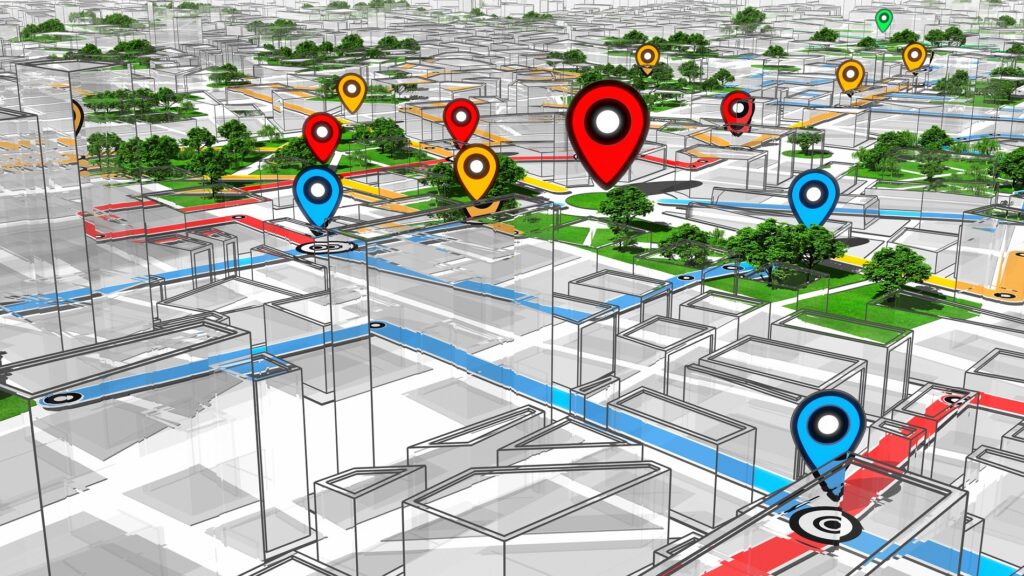
Maximizing Click-and-Collect Experience with Geo-Fencing
Geo-fencing technology plays an instrumental role in enhancing the click-and-collect experience for retailers. Through geo-fencing, retailers can send notifications to customers when they are in close proximity to a store, reminding them to pick up their online orders. For instance, a retail chain can use geo-fencing to send a notification to a customer who has placed an online order when they enter a predefined geographic area around a store. This not only serves as a reminder for the customer to pick up their order, but it also drives foot traffic to the physical store. This has the dual benefit of reducing shipping costs for the retailer while increasing the number of customers visiting their brick-and-mortar locations.
In addition to reducing shipping costs and increasing foot traffic, geo-fencing technology also aids in enhancing customer satisfaction and loyalty. This is achieved by providing a seamless omnichannel shopping experience for customers. When customers receive timely reminders to collect their orders, they are more likely to have a positive interaction with the retailer. This sense of satisfaction can lead to increased customer loyalty and repeat business. By integrating online and offline shopping experiences through geo-fencing, retailers can create a cohesive brand image and meet consumer expectations for a seamless shopping journey.
Geo-fencing technology also plays a critical role in maximizing the potential of geolocation and geo-tracking without compromising consumer privacy. This technology has opened up new possibilities for brands to anticipate consumer expectations and enhance the click-and-collect experience. As the popularity of click-and-collect and curbside pickup services continues to surge, retailers need to understand the full benefits of click-and-collect and its underlying technologies, such as geo-fencing.
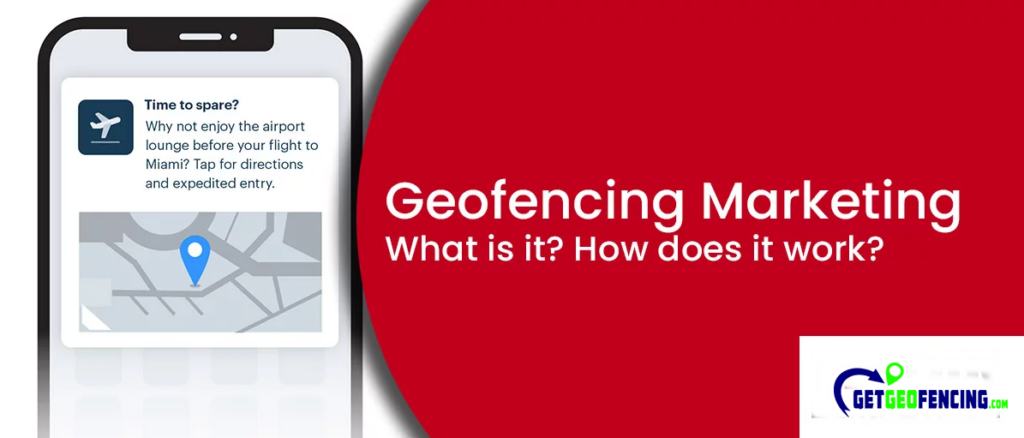
Geo-Fencing Marketing: Revolutionizing Consumer Management
Geo-fencing marketing is poised to redefine the future of consumer management. By allowing businesses to trigger customer interactions when they cross into a specific location, geo-fencing technology seamlessly integrates the online and offline experience. This enables businesses to engage with customers in a highly targeted and personalized manner, thereby driving user engagement and building brand awareness. A classic example of this would be a retail store using geo-fencing to send personalized promotions to customers when they are in close proximity, encouraging them to visit the store and make a purchase.
Insights from geo-fencing technology are invaluable for understanding and directing customer behavior. By analyzing the data generated by geo-fencing, businesses can gain a deeper understanding of customer preferences, behaviors, and purchasing patterns. This, in turn, leads to the development of more effective marketing strategies, personalized advertising, and increased customer retention. For instance, a restaurant can use geo-fencing to send targeted notifications to nearby customers, offering them exclusive discounts or promotions to drive foot traffic and boost sales.
Moreover, geo-fencing marketing provides a win-win situation for retailers and customers. For customers, it offers a seamless integration of the online and offline shopping experience, making it easier for them to locate and purchase products. For retailers, it drives user engagement and helps customers find their way back to the business. As such, geo-fencing is a frontier technology and the ways to use it for corralling customers are only limited by imagination.
Geo-Fencing Implementation for Small Businesses
For small businesses in the e-commerce industry, geo-fencing technology offers a multitude of benefits and opportunities. By leveraging geo-fencing, small businesses can precisely target their local customer base, maximizing their marketing efforts and ensuring that they reach the right audience at the right time. For instance, a small boutique clothing store can use geo-fencing to send notifications about exclusive in-store promotions or new arrivals to potential customers in the nearby area. This targeted and personalized approach allows small businesses to increase foot traffic, drive sales, and compete more effectively in the market [1, 5].
Furthermore, geo-fencing technology enables small businesses to enhance customer loyalty by providing an unprecedented level of personalization. A local coffee shop, for example, can use geo-fencing to send tailored offers or discounts to customers who frequently visit its vicinity. These personalized offers not only incentivize repeat purchases but also foster a sense of appreciation and loyalty among customers. In turn, this fosters long-term relationships between the business and its customers, strengthening the business’s position in the market, and contributing significantly to its growth and success [3, 4].
Geo-fencing marketing can also be a powerful tool for small businesses looking to expand their customer base. By setting up geo-fences around popular locations or events, businesses can attract potential customers who may not have been aware of their presence. For example, a small food stall can set up a geo-fence around a popular local event, sending out notifications about their menu to attendees. This can help attract new customers, increasing sales and awareness of the business.
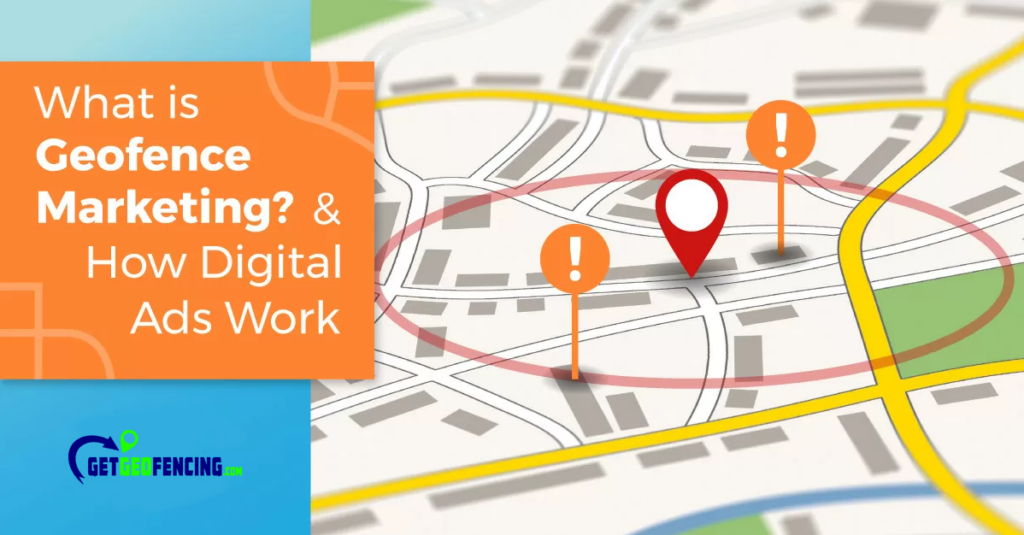
Geo-Fencing Applications in Different Industries
The diverse applications of geo-fencing technology extend beyond the e-commerce industry. The navy, for instance, utilizes geo-fencing to establish virtual perimeters around sensitive military installations or areas of operation. This allows them to monitor and control the movement of vessels, ensuring security within these designated zones. Such application showcases the versatility of geo-fencing technology, demonstrating its utility in enhancing security measures and operational control.
Moreover, the reach and impact of geo-fencing marketing are far-reaching, spanning a wide array of industries such as event marketing, retail advertising, automotive car dealership marketing, and real estate. In the sphere of event marketing, geo-fencing allows organizers to send personalized notifications to potential attendees based on their proximity to the event’s location. In the realm of automotive car dealership marketing, geo-fencing can be used to engage potential customers in the vicinity of a dealership, delivering targeted advertisements and promotions to drive foot traffic and increase sales.
The use of geo-fencing technology in real estate and political advertising further illustrates its versatility. In real estate, geo-fencing can be used to send notifications to potential buyers when they enter a geo-fenced area around a property for sale, providing them with detailed information about the property. In the realm of politics, geo-fencing can be used to target potential voters in a defined area, providing them with information about a candidate’s campaign and policies.
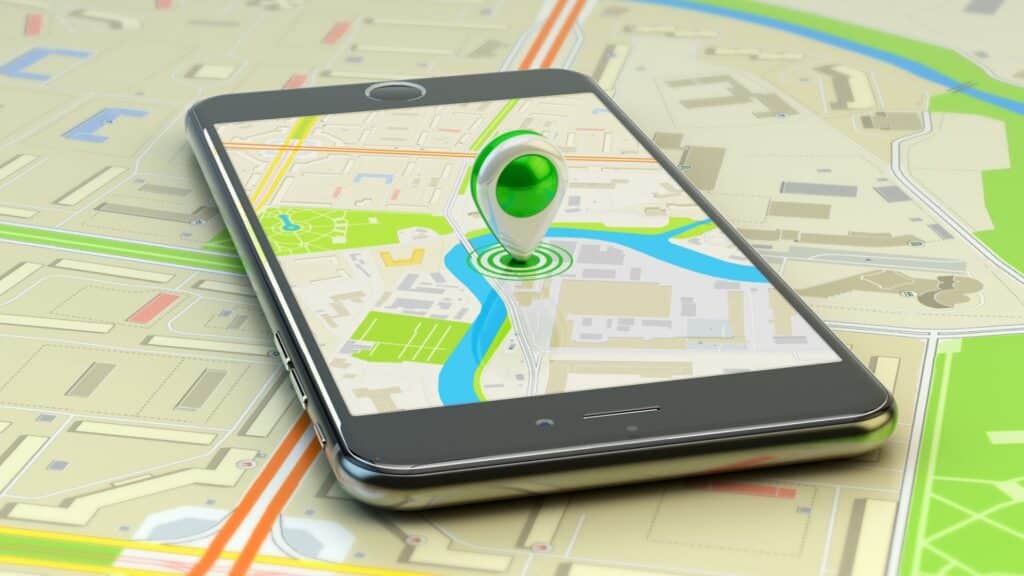
Best Practices for Geo-Fencing Campaigns
When launching a geo-fencing campaign, it is important to consider the position and size of the geo-fences. These factors should be determined based on the specific business goals, target audience, and the type of engagement the business aims to achieve. For example, a small boutique may want to create a smaller geo-fence compared to a large retail chain. Understanding the target users is also essential. By analyzing customer behavior and preferences within a defined area, businesses can tailor their marketing messages more effectively, leading to higher engagement and conversion rates.
Another important aspect to consider when implementing a geo-fencing campaign is the method of travel through geo-fences. Understanding how customers move through the geo-fenced area allows businesses to time their messages effectively, increasing the chances of driving foot traffic and conversions. For instance, if a retailer wants to target customers who are passing by their store, they may set up the geo-fence to trigger notifications when a customer enters the vicinity.
Moreover, geo-fencing marketing campaigns should also focus on delivering more relevant and personalized messages to customers. This can be achieved by understanding customer behavior and leveraging this knowledge to tailor messages that align with their interests and preferences. By adopting this approach, businesses can enhance the effectiveness of their location-based strategies and create a more personalized and engaging consumer experience.
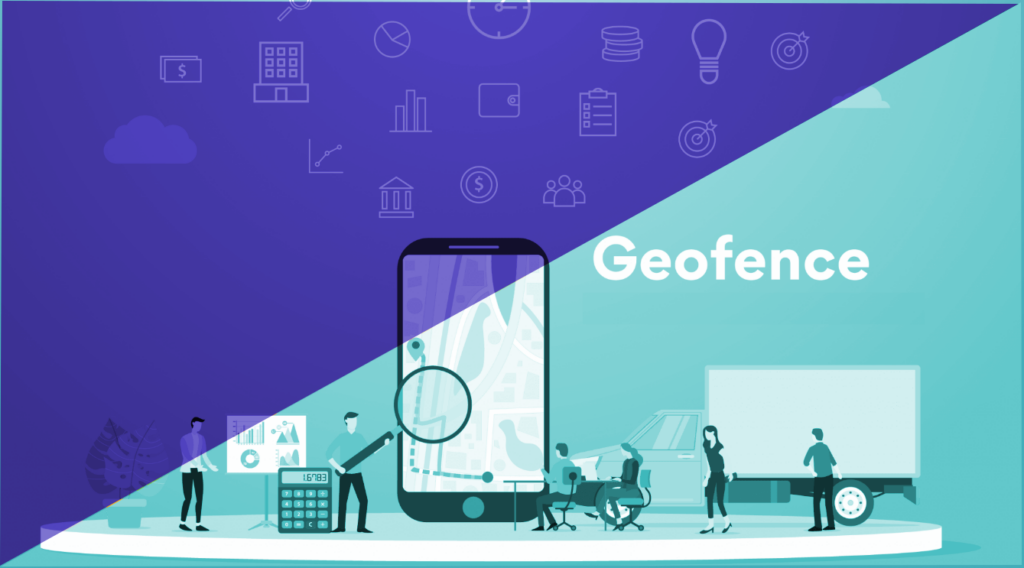
Conclusion
The impact of geo-fencing technology on the e-commerce industry and personalized advertising strategies is profound and far-reaching. By enabling businesses to engage with their audience in a highly targeted and effective manner, geo-fencing technology has transformed the landscape of consumer engagement and marketing. Whether it’s retail advertising, where businesses can send personalized content to potential customers within a defined area, or event marketing, where organizers can trigger customer interactions when attendees cross into a specific location, the applications of geo-fencing are extensive and diverse [1, 3].
Looking forward, the potential of geo-fencing technology in the e-commerce industry is promising. As geo-fencing continues to evolve, it is expected to further revolutionize consumer management and elevate the online experience for consumers. As businesses continue to leverage geo-fencing marketing to seamlessly integrate the online and offline experience via mobile, the potential for driving sales and meeting customer needs before they even realize those needs is immense. Therefore, as geo-fencing continues to evolve and expand its reach across various industries, its role in shaping the future of consumer engagement and e-commerce is set to become even more impactful.


